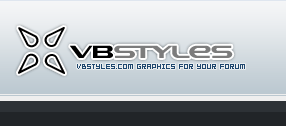-
Overbored
I guess this is a question for those that rebuild for a living or are a machinist. Is there a rule of thumb concerning cylinder wall minimum thickness? Most don't like to go more than .060. After that some say to sonic test,x-ray,or ultra-sound to see if it's a boy or girl:whacked:
But what does the machinist base his decision on after the sonic test? Is there a set thickness that he won't under? I'm sure many on here know the answer for drag race motors but what about street driven motors,whats the minimum?
-
We have run over bores of up to .100 without problems in drag motors, but the biggest concern was core shift. Core shift will obviously affect one side of the bore wall and make it too thin. Looking at the the lifter bores to see if they are centered in the casting will give you a clue to concentricity. If they are not centered you can bet the core shift will affect the cylinder walls also.
-
this would have to do more with a HP engine or drive it down the road a lot of big bore HP stuff gets a short fill any thing below .195 would get me going to the cement
-
A good machinist should know. Late model stuff is real thin IMO. In the 50's
no problem, I had a 331 Cad taken out 1/8th in and drove it for yrs. 427 Fords
030. was max. When in doubt sonic check the block to be safe.
Good Luck, Ron
-
The late, great Smokey Yunick said that 0.135" was the minimum for wall thickness. Anything below that will not have sufficient mass to prevent vibrations set up by the rings going up and down the walls from transferring to the water jacket side of the wall and forming air bubbles that cling to the water side of the wall and prevent water from carrying away heat.
